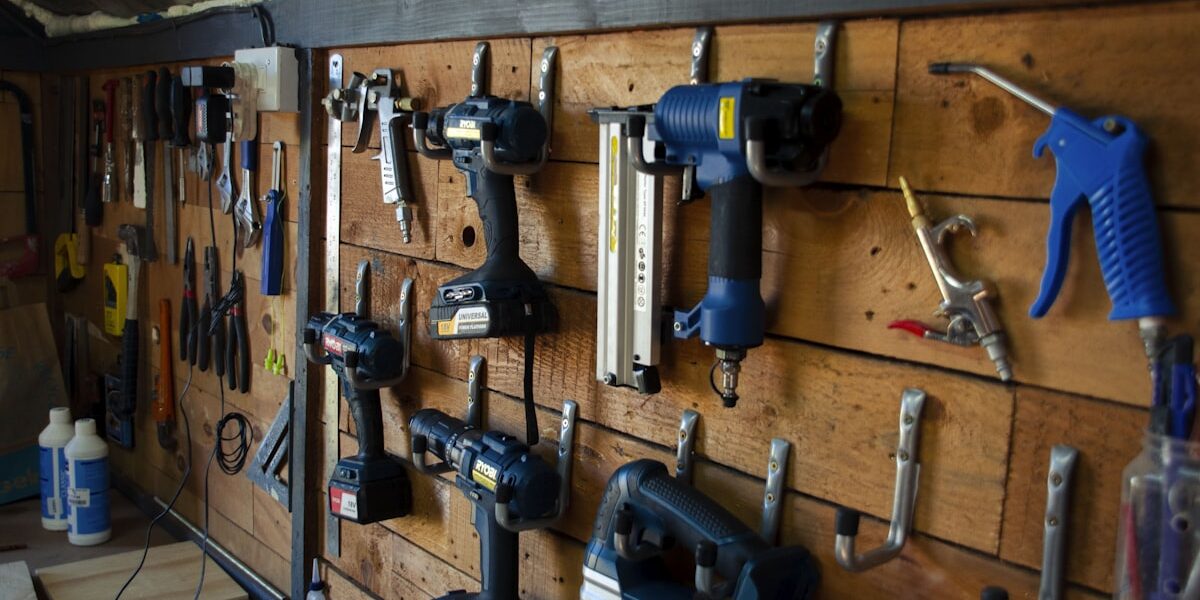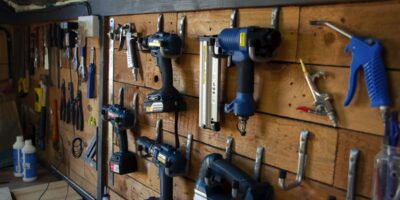Supermax 16-32 Drum Sander
The Supermax 16-32 Drum Sander is a valuable tool for woodworking enthusiasts and professionals. This machine stands out in its category for its efficiency and ease of use. Understanding its features and operation can help you make the most out of your woodworking projects.
Features of the Supermax 16-32 Drum Sander
The Supermax 16-32 Drum Sander comes packed with features that enhance its performance. These features are designed to provide precision and ease of use, even for complex projects.

- Drum Size: It features a 16-inch drum with the option to sand up to 32 inches with two passes. This gives flexibility in handling wide panels.
- Variable Speed: The infinitely variable conveyor speed control allows for better control over the finish quality. It ranges from 0 to 10 feet per minute.
- IntelliSand Technology: This technology automatically adjusts the feed rate based on the load, preventing machine overload and ensuring a consistent finish.
- Dust Collection: The built-in 4-inch dust port helps in maintaining a clean workspace by efficiently collecting dust produced during sanding.
- Table Adjustments: The machine allows for easy table height adjustments with a patented track parallelism system to make quick adjustments without tools.
Operational Efficiency
Using the Supermax 16-32 Drum Sander is straightforward, thanks to its intuitive design. Setting up the machine involves only a few steps, ensuring that you can start working quickly.
To begin, secure the machine on a stable workbench or stand. Connect the drum sander to a compatible dust collection system. Install the sanding drum paper of your choice, ensuring it is tight and even around the drum. Adjust the table height to accommodate the thickness of the workpiece.
Once everything is set, feed the wood into the machine, keeping it aligned to avoid snipe. The variable speed control is handy in managing the feed rate to suit different wood densities and sanding needs. Monitor the operation closely; the IntelliSand feature will help in maintaining consistent speeds and finish.

Maintenance Tips
Maintaining the Supermax 16-32 Drum Sander ensures its longevity and consistent performance. Regular maintenance tasks include:
- Dust Port: Regularly check and clean the dust port and collection bag or system to prevent clogs.
- Drum Alignment: Periodically inspect the drum alignment to ensure it remains parallel to the sanding surface. Use the track parallelism dial to make necessary adjustments.
- Sanding Paper: Replace the sanding strips when they become worn out. Check for tears and ensure they are tightly secured around the drum.
- Lubrication: Apply lubricant to the conveyor belt periodically to keep it running smoothly and prevent wear.
- Electrical Components: Inspect the power cord and connections for any signs of wear or damage. Replace or repair as needed to maintain safe operation.
Consistent checks and timely maintenance can greatly extend the life of your drum sander.
Advantages of Using a Drum Sander
Investing in a drum sander like the Supermax 16-32 comes with several benefits for woodworkers.
- Time Efficiency: Drum sanders significantly reduce the time needed to sand large surfaces compared to manual sanding.
- Precision: Provides a more consistent and even finish, critical for professional-looking projects.
- Versatility: Handles various types of wood and thicknesses, making it suitable for a range of projects.
- Reduced Labor: Minimizes the physical effort required, reducing fatigue in long projects.
These advantages make drum sanders indispensable in a workshop setting.
Common Applications
The Supermax 16-32 Drum Sander is versatile and can be used for various applications in woodworking.
- Panel Flattening: Ideal for flattening large panels and ensuring they are even across the surface.
- Fine Sanding: Great for achieving a fine finish on table tops, doors, and other large surfaces.
- Removing Surface Imperfections: Efficiently removes planer marks and other surface imperfections in woodwork.
- Thickness Sanding: Can be used to sand materials to a precise thickness, useful for cabinetry and fine furniture making.
These applications highlight the drum sander’s role in producing high-quality woodworking products.
Considerations Before Purchase
Before investing in the Supermax 16-32 Drum Sander, consider these factors to ensure it meets your needs.
- Workshop Space: Ensure you have adequate space in your workshop for the machine and its operational area.
- Power Supply: Check that your workshop’s electrical setup can support the requirements of the machine. It typically requires a 20-amp, 110-volt outlet.
- Budget: While it’s a valuable investment, ensure it fits within your budget. Consider the cost of accessories and maintenance as well.
- Frequency of Use: Assess how often you will use the machine. It’s more beneficial for those with frequent and large sanding tasks.
Careful consideration of these factors will help you make an informed decision.
Maximizing Performance
To get the best out of the Supermax 16-32 Drum Sander, follow these tips:
- Correct Drum Speed: Adjust the drum speed to match the material being sanded. Faster speeds are suitable for softer woods, while slower speeds work better for harder woods.
- Multiple Passes: For a finer finish, make multiple passes with the drum sander rather than removing too much material in a single pass.
- Proper Feed Rate: Adjust the feed rate according to the wood density. Slower feed rates give better control and a smoother finish, especially on hardwoods.
- Grit Selection: Start with a coarser grit and gradually move to finer grits for a polished finish.
These practices ensure optimal results and prolong the machine’s lifespan.
Handling Common Issues
Like any tool, the Supermax 16-32 Drum Sander can encounter issues. Here are some common problems and their solutions:
- Wavy Surfaces: This can occur if the feed rate is too fast. Slow down the feed rate and ensure the wood is fed evenly.
- Burn Marks: Often caused by using a dirty or worn-out sanding strip. Replace the strip and ensure the drum speed is appropriate for the wood type.
- Snipe: Snipe happens when the board dips at the beginning or end of the pass. Keep the board level and consider using support stands to maintain even pressure.
- Dust Build-Up: Check and clean the dust collection system frequently to maintain efficiency and prevent overheating.
Addressing these issues promptly can keep your drum sander running smoothly.
The Supermax 16-32 Drum Sander excels in providing a precise and efficient sanding experience. Its array of features, operational simplicity, and maintenance ease make it a favorite among woodworking professionals and hobbyists alike. By understanding its capabilities and following best practices, you can achieve superior results in your woodworking projects.


Subscribe for Updates
Get the latest articles delivered to your inbox.
We respect your privacy. Unsubscribe anytime.